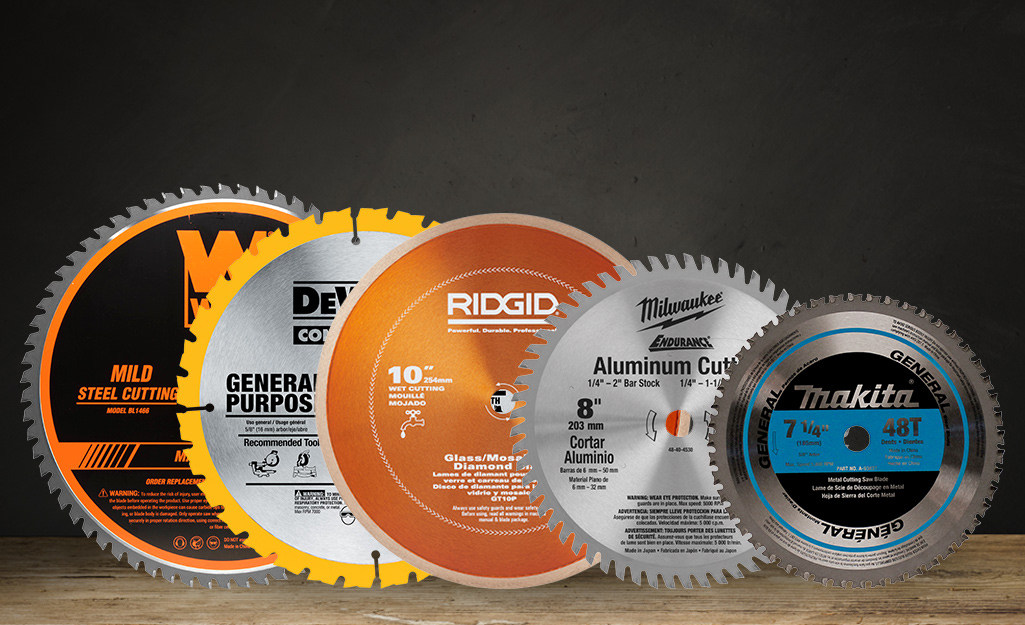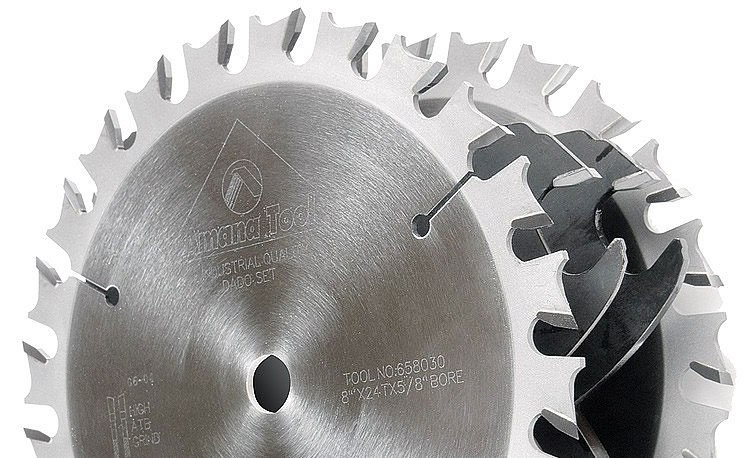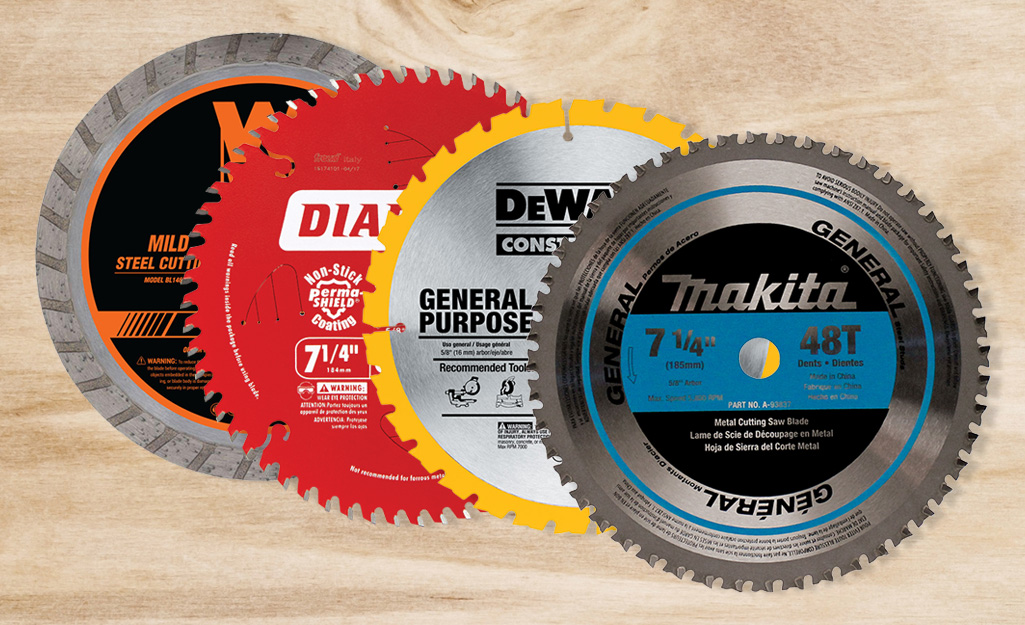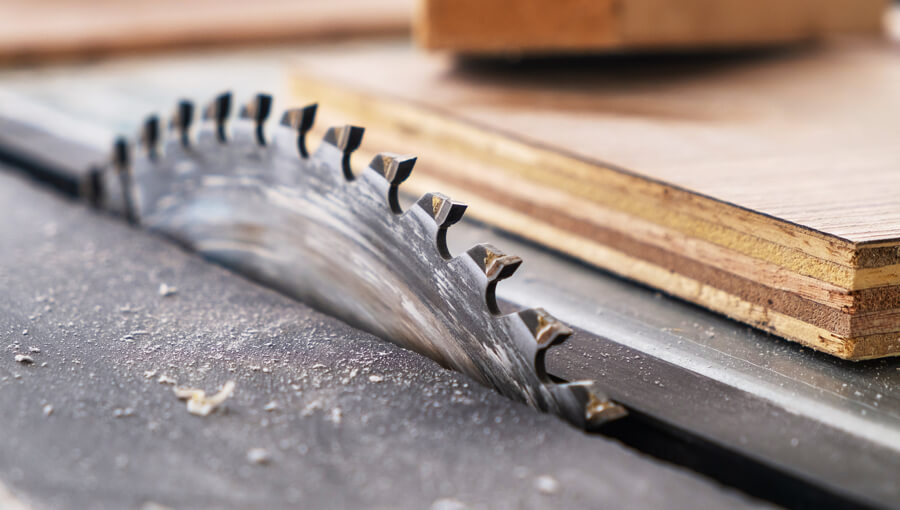MDF, or medium density fiberboard is used for different projects in woodworking, such as in making furniture, cabinets, doors, floors, and even in decorative projects. These types of boards are relatively cheaper than solid wood. On top of that, it is also known for its durability and strength. When working with MDF, one of the most common questions encountered is, ‘can you cut MDF with a table saw?’ in this article, let us take a look at the answer to this question, including other things that you need to know when it comes to cutting MDF using a table saw.
Short answer, yes, it is possible to cut MDF with a table saw. However, it is very important to use the right type of blade for this procedure. The best blades are the ones that are carbide tipped, and the saw equipped with a vacuum removal system. This is effective in preventing build-up of dust.
Choosing the Right Blade
As mentioned, the success of the process highly depends on the type of blade that you are planning to use. As such, it is very important to select the best one. For this, there are a number of factors that need to be taken into consideration, including the size of the blade, count of blade teeth, and the type of blade.
Size of Blade

The size of the blade of most available table saws come with 10 inches in diameter. When cutting high-density MDF, you need to choose a smaller size of blade to achieve the desired results and create clean cuts easily. It may be best to skip large sizes of blades since they can be quite challenging to deal with when using a table saw.
Count of Blade Teeth

The more teeth a table saw blade has, the more efficient the cutting process will be. When cutting MDF, the saw blade should come with a high number of teeth count per inch. It is advised to get a count ranging between 50 and 80 teeth for every blade.
Type of Blade

The type of blade also plays a huge role. There are a number of types that you can use to cut MDF board effectively. A crosscut blade comes with 80 to 90 blade teeth per inch, and is commonly used in cutting across MDF. Even though it may produce more sawdust, but they are known to provide amazingly precise output.
A composite blade features 60 blade teeth per inch, and is great in performing both crosscutting and ripping. They are capable of making long cuts, making them an excellent blade type for cutting MDF.
An ATB blade comes with 50 teeth per inch, which is also an excellent option to consider.
A combination blade, which ranges from 32 to 50 blade teeth per inch, is the most common option available for table saws. They are less refined, thus making them ideal for cutting MDF.
Cutting MDF on a Table Saw – The Procedure
When it comes to cutting MDF using a table, saw, there are two ways that you may want to try, including ripping cuts along the grain of the wood in a lengthwise direction, and crosscutting along the wood grain direction.
Ripping Cut MDF with a Table Saw
The process of ripping is considered as one of the most common types of cuts using a table saw. With a rip fence, you will have control over the MDF as you achieve the cut you wish. Here is how you rip cut MDF using a table saw.
- Safety first. Make sure that you have unplugged the table saw.
- Connect the right type of blade (preferably the ones with 50 to 80 teeth) under the MDF surface. The height of blade increases no more than a quarter of an inch above the MDF board height.
- Release the lock of the rip fence and slide it. This is useful in matching the inner edge with the cutting width desired.
- Plug the table saw in.
- Align the board of the MDF with the rip fence, but make sure not to avoid hitting the surface of the MDF to the blade until you achieve the maximum speed. Failure to do this process the right way will result to the MDF kicking back.
- Once the blade slowly reaches the maximum speed, move the board closer to the blade. To do this, a push stick may be used to make sure that your fingers are safe and away from the blades. Beginners are advised to safely use a push stick rather than using bare fingers to do the job.
- Cut through the MDF
Crosscutting MDF with a Table Saw
If a crosscut is what you are trying to achieve, avoid using a rip fence. For one, a rip fence is designed to stabilize longer lengths, and may not be used or the narrow MDF cuttings. As such, crosscuts are achieved using a miter gauge.
This tool works by stabilizing the MDF, and the bar that fits into the deeper grooves of the table surface. This means that it is recommended to get a miter gauge if you need to achieve a crosscut for your MDF.
- Safety first. Make sure that you have unplugged the table saw.
- Connect the right type of blade (preferably the ones with 50 to 80 teeth) under the MDF surface. The height of blade increases no more than a quarter of an inch above the MDF board height.
- The miter gauge should be either straight or angled.
- Align your MDF along the miter gauge edge with clamps.
- Plug the table saw in.
- Allow the MDF to touch the blade when it reaches the maximum speed to avoid a kick back.
- Once the blade slowly reaches the maximum speed, slide the MDF and miter gauge right into the blade. A push stick may be used to ensure that your fingers are safe from the blade.
Conclusion
Can you cut MDF with a table saw? Yes, it is possible. Given the right tools to use, such as the type of blades that you need to use, as well as the factors that needs to be considered before getting the best blade for the job. Despite being able to cut MDF with a table saw, it is vital to be very careful, making sure that you are completely wearing your safety equipment before starting.

Leave a Reply